Melee or surprise behind the wall
Various models of AT4 grenade launcher were created by Saab Dynamics for use in confined spaces
Increasing the level of urbanization will definitely have an impact on most future deployments of the armed forces and, therefore, melee situations will increasingly arise in built-up areas. Systems aimed at raising the level of awareness of the soldier about the environment, to maximize the combat potential and to minimize physical and psychological stress, are being improved and developed. Consider some of them on them.
In an urban battle, the ability to see objects through walls is something that a soldier would definitely like, because it is well worth being able to assess in advance the possible threats that he may encounter when storming a building. Israeli company Camero, a specialist in radar systems for tactical vision of objects through walls, was founded in 2004, and in December, 2011 became part of the SK Group, which significantly strengthened its position in this segment. In the past few years, the need for such devices has increased in military circles, and it is not surprising that Camero systems, known as Xaver, are currently used or ordered by more than 30 countries. The company offers three models with successively increasing capabilities (and, respectively, mass), two of them, Xaver 100 and Xaver 400, are also intended for tactical use. All Xaver devices are based on radar technology: they operate in the 2-10 GHz band, and the ultra-wideband antenna has an operating frequency band of 8 GHz. A key component is the signal processor, which distinguishes between static and dynamic objects, which means that the detector can detect even the smallest signs of a living being.
It's one thing to see these systems at an exhibition and another thing to visit a company and play with them in the Camero test room, where there are various types of obstacles: concrete blocks, clay walls, reinforced concrete, brick and stone walls, and glass. There is no purely metal structures with which the Xaver system can not cope. The more uniform the material, the better the Xaver devices work, but air cavities are the main problem for sensors of this type. The Xaver 100 model weighs 660 grams with four CR123A lithium batteries providing 3,5 hours of operation. The device has one radiating and one receiving antenna, the data from which are displayed on a small screen in the form of a one-dimensional image showing the presence of living objects and the distance to the nearest target. Detection distances are the same as for larger members of the family, 4,8 or 20 meters. In most advertising photographs, the Xaver device is shown leaning against a wall, but in fact there is no need for this, the device allows you to see through it away from the wall, but at the same time, the detection distance is, of course, reduced by this amount of removal. It is important to note that the Xaver must be held still in order to avoid induced errors. The antenna provides an 120 ° field of view in azimuth and elevation. The Xaver 100 device really does not require any training; all you have to do is to orient the device and turn it on, the screen displays the target and sensor icons and the distance between them. This is an intuitive man-machine interface, the whole system is user-friendly and even a beginner needs only a few seconds to turn on the device and determine the distance to the target. However, the second operating mode allows you to see the raw signals that an experienced operator can give more information than the “intended for the soldier” mode.
The lightweight manual stenovizor Xaver 100, developed by Israeli company Camero, allows you to determine the presence of a person in the room and measure the distance from the wall to him. For a trained operator, the raw signals displayed on the screen can provide more information than the standard mode used by most users.
Camero systems can operate either leaning against a wall or away from it with a corresponding decrease in detection distance. The raw data and standard 2D mode allow the operator to fully utilize the capabilities of the Xaver 400 Wall Viewer
The Xaver 400 device with a mass of 3,2 kg displays a two-dimensional image; its main battery along with extras provide a total of seven hours of operation. Stenovizor displays the location of the target in the XY grid, showing the field of view and the maximum distance, the latter is selected using the button on the left side; The button on the right allows you to select tracking, expert and deep penetration modes. Both Xaver 100 and 400 devices can optionally be equipped with an integrated wireless module that allows you to remotely control more than one system using a handheld or a conventional computer. This option was introduced at the beginning of 2014 of the year and has already been delivered to several customers; the maximum distance in wireless mode is 25 meters. Multiple Xaver 100 devices connected together make it possible to achieve information presentation in 2D / 3D mode. Camero has begun the development of this option, but is currently awaiting a request from the launch customer in order to fully refine it. At the moment, the research and engineering department of the company is working to improve the algorithms and signal processing, it also provides for the modernization of software of existing systems. Camero offers customers a two-day course on the Xaver 400 system, which includes classroom work, but mostly all the features are taught in real-world conditions so that users on the ground can fully utilize all the features of this stenovizor. On the contrary, the Xaver 100 device does not require training in connection with its simple and accessible interface.
SRC Inc. (formerly Syracuse Research Corp.) developed a substantially larger radar based on a different principle; it allows you to locate and locate people behind concrete walls, doors and other obstacles at a considerable distance. The company began work on this system as part of the American Army program; Initially, the system was named Somisr II, and then it was renamed O-Pen. The system is based on an ultra-wideband linear antenna array with six active and two inactive elements that produce 8 rays, each of which covers the 7,1 ° sector, which allows you to get a fully formed 60 ° field of view. The antenna has a length of about two meters, a height of more than half a meter, transported on a Humvee armored car. The peculiarity of this system is that it can work both in stationary mode and in motion. In stationary mode, a car with a radar stationary, and the sensitivity of the radar can detect moving or stationary (hiding, sleeping, sitting, etc.) people or moving objects in buildings, such as fans, animals, machinery, etc. In this mode, the radar detects even the smallest movement, such as breathing or light movement of a limb, and then gives a warning signal to the operator. It is complemented by a data processing processor, which, due to the prolonged fixation of signals coming from the radar, is able to detect fixed objects trying to hold their breath for some time. When the car is moving, when driving through buildings or the zone of interest, the O-Pen operates in the synthetic aperture radar mode. In this mode, the radar creates a map of the area and shows the walls, appliances, doorways, furniture, etc .; on a map obtained in this way, the system superimposes the detected moving targets. In this mode, the radar is not able to detect a small movement, but only determines walking people and moving objects. The system was tested at significant removal distances, but the company does not provide exact figures. The development of this system was completed at the technology demonstrator stage. However, the technology is already there and SRC is ready to bring the O-Pen system to mind when a customer arrives.
As for the executive systems, and in simple terms, weapons, Saab Dynamics has expanded its portfolio of systems for confined space here, adding two more CS models to the existing versions of its single-use hand-held grenade launcher. In September, the company demonstrated 2014 at the test site in Karlskoga their AT4 CS HE and AT4 CS ER grenade launchers. Both systems weigh approximately 9 kg and have a length of 980 mm. The requirement for a length of less than a meter was put forward by the military, who needed weapons specifically for urban theaters of operations. High-explosive shot can be equipped with an advanced sight, which allows you to exchange information with him, that is, install a remote fuse to blast the projectile over the target in order to get a lesion area of more than 400 м2. Also available shock mode and shock mode with a delay. All the new AT4 complexes are equipped with either a mechanical sight or a collimator sight, the latter significantly improves accuracy. In CS versions for closed spaces, a combination of liquid anti-mass and a Venturi effect is used to balance recoil forces. The AT4 CS ER grenade launcher is distinguished by an armor-piercing warhead optimized for armor penetration and having an increased range of action compared to current anti-tank ammunition for confined spaces; The new CS shot can hit armored vehicles from 600 meters. Also, in order to improve accuracy, an advanced sight can be mounted. New ammunition is also being developed for the enclosed space for the Carl Gustaf 84-mm grenade launcher, whose newest version of the M4 was shown at the end of the 2014 of the year.
The SRC O-Pen Radar shows the internal layout of buildings, even while driving
Among the improvements implemented by Benelli in its semi-automatic self-loading rifle M4 Battle Brown, we can note improved ergonomics and enhanced corrosion protection
Another type weapons, which is often used in melee combat, is a shotgun or semi-automatic self-loading rifle. At the start of the 2000s, Benelli created the M4 shotgun firmly in this market segment. This semi-automatic rifle is in service with the United States Marine Corps and Special Operations Forces under the designation M1014 Joint Service Combat Shotgun, as well as with the German army and its special forces, Italy and other European and Middle Eastern countries, not to mention the numerous special police units, who adopted this gun. The number of M4 self-loading rifles in all military structures is approximately 40000 units, which is a huge number for weapons of this type. In 2010, Benelli received a contract from the British Army for several thousand rifles for urgent deployment in Afghanistan. This contract gave impetus to the further development of the M4 rifle, the latest version of which was shown at IDEX 2015. Thanks to its finishing coating, the gun was designated M4 Battle Brown (combat brown). The new version has a telescopic butt with three positions, while the original version had only two positions. The M4 Battle Brown rifle can be equipped with either a barrel with a length of 14 inches (3556 mm) or a length of 18,5 inches (4699 mm), both barrels have a multi-chamber muzzle brake. 14-inch barrel can also be equipped with a muzzle brake-compensator, which is well suited for opening doors. From the outset, the M4 was developed as a weapon for the military, so durability and reliability were among the key requirements. Until now, the typical finishing coating was various variations of thick-layer phosphating, solid andodization and blackening, as well as a chrome-plated gate and bore. In order to further increase the resistance to external impact, the Battle Brown has a Cherakote ceramic coating and a H30118 Field Drab brown coating, so the word Brown appeared in the designation. The characteristics of the previous and new rifles are not different, the mass remained at the 3700 gram level for the variant with the 14 inch barrel and 3780 gram for the variant with the 18,5 inch barrel, respectively, the length with the telescopic butt is 774 / 895 mm and 889 / 1010 mm. The new version of the M4 Battle Brown retains one Picatinny rail for mounting a sight, but at the request of the customer, Benelli is ready to provide an option with several bars.
Even at close ranges, aiming remains a key element. In mid-June, Aimpoint presented its new Micro-T2014 collimator sight, the characteristics of which mostly correspond to the characteristics of the previous Micro-TI model, but which in fact represents a completely new scope, at least in terms of optics. T2 has a new front lens with an improved mirror coating; according to Aimpoint, this greatly improves the shape and optical clarity of the 2MOA sight. In addition to improved optical characteristics, the new model also has an increased operational reliability, which was achieved through the development of a new case, which allows the front and rear protective covers and anti-glare devices to be installed. Adjusting handwheels received protective caps, in addition, the reliability of the internal electronics was increased. In the new sight Micro-T2 saved eight day settings and four settings for the night mode, which can be changed by rotating the switch; Powered by a single CR2 lithium battery, which guarantees over 2032 hours (five years) of daytime operation (50000 times more when working at night). Although the device comes with a zero increase (ideal for short distances), however, it can be equipped with an additional lens with an increase in x10. As for weight and size, the new sight is slightly larger and heavier than the previous Micro-TI, which Aimpoint left in its catalog. The length increased from 3 to 62 mm, and the weight of the sight from 68 to 84 grams. The T96 can be mounted on most of the weapons that the previous TI model could adopt. Aimpoint began selling a new sight at the end of 2 of the year.
The main improvements implemented by Aimpoint in the Micro ТХNUMX 2MOA collimator scope are increased strength and improved optical performance.
Protection is also a key element in close combat. If the mass is important for any soldier in any surrounding stop, then in urban conditions or when the threat is near, its value increases significantly. When conducting combat operations with the enemy at close range, “agility” becomes a vital quality, including speed, or better, acceleration, which makes it difficult for an opponent to aim. Turning your head to the right or left allows you to maintain situational awareness of what is happening around and identify possible threats typical of such situations. Thus, any excess weight added to the head, significantly increases the load on the neck, which leads to faster overall fatigue. In January, 2015, a US-based security company ArmorSource, showed off its new LJD Aire helmet. According to the manufacturer, the new helmet retains all the characteristics of an AS-505 LACH (Lightweight Advanced Combat Helmet) lightweight advanced combat helmet, which ArmorSource began to supply to the US Army in 2015 year. This applies to the area of the surface to be protected, as well as the level of protection from fragments and bullets of 9 caliber. The weight of a complete LJD Aire helmet size L with a maximum surface area to be protected, with standard guides and holders is 850 grams; If you compare with the LACH 1,38 helmet weight, kg, this is 38% less, and if you compare it with 1500 grams of the standard Advanced Combat Helmet helmet currently used, the reduction will be more than 40% (helmets of the same size are of course compared). The LJD Aire helmet is made of polyethylene and other materials (unnamed) in a composite matrix, ArmorSource uses a special pressing process during production. The new helmet is offered in various configurations with standard or bolt-free side guides, standard or bolt-free holders, and the customer can choose additional elements, such as protective rims and brackets. Recently, a new helmet LJD Aire began to enter the US Army.
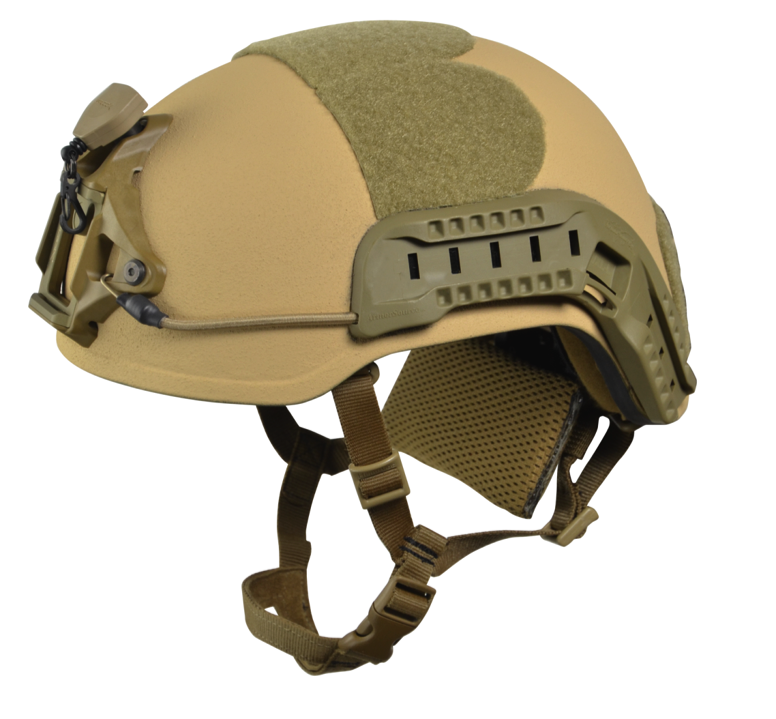
Mass reduction is always good, but in urban scenarios it is even more important, since the soldier needs to move quickly. New ArmorSource LJD Aire helmet is fully in line with this trend.
Another new helmet was introduced by the Finnish company Savox at the IDEX 2015 exhibition. This company led a consortium of national companies as the main executive officer. The definition of a helmet is not entirely appropriate here, since Thor is actually a head-on complex, which combines ballistic protection and all subsystems attached to a helmet with ergonomic solutions in order to minimize fatigue. The development of the Thor helmet began six years ago with a clean slate and absorbed all the experience gained in Afghanistan. Development aimed at the national program Soldier 2020, was carried out in close cooperation with the Finnish armed forces. Bezboltovaya case made the company FY-Composite using the latest composite materials from the company Dyneema. A helmet weighing about 600 grams in accordance with the STANAG 2920 standard guarantees protection against fragments flying at a speed of V50 580 m / s (V50 is the ballistic limit of the obstacle; speed of the bullet at which half of the bullets stops, half breaks through the barrier) when the inside deformation is less than 25 mm , it is able to stop an 9-mm shell bullet with 8 grams at a speed of 430 m / s. If the situation requires a different helmet body, it can be replaced in less than a minute by simply tightening the six screws.
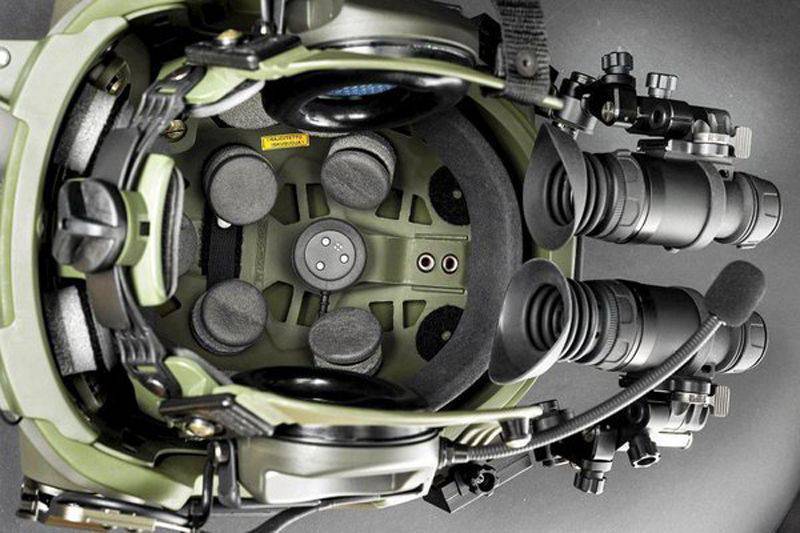
At the beginning of the year, the Finnish company Savox presented its Thor helmet - an integrated system that provides protection, communication and night vision and has less weight compared to non-integrated solutions.
At Savox, integration is always at the forefront. While many helmets are seen as supporting subsystems, the Thor head-end system was designed from the very beginning as an integrated system. Attached to the helmet is the central power supply unit (at the back of the helmet) and the Flexpower power distribution system, which distributes energy between all sensors and communication devices, reduces weight and allows optimizing the center of gravity. Thor helmet is notable for the simultaneous transmission of audio and data through a power-based rail based on Picatinny rail, which has been developed and approved by NATO in a pre-standardized form. An acoustic stereo system is built into the helmet, and, depending on the customer's preferences, either a boom noise canceling microphone or a bone conduction microphone is offered. The Thor helmet architecture allows for simultaneous communication and control over multiple radio channels. The protection of hearing organs was thoroughly worked out in the light of the experience gained from the front line. The in-ear headset solution was unacceptable due to hygiene problems and sandy dust; however, overhead headphones also had their drawbacks, since in a hot climate, soldiers preferred to leave their ears open at every opportunity, that is, in the absence of strong background noise or possible noise peaks. In order to simplify ventilation, Savox has developed a mounting system with three positions; if necessary, without removing the helmet or loosening the communication system, you can remove the headphone cups and quickly squeeze them out. Night vision goggles with a field of view 60 ° supplied by the Finnish company Millog; The attachment mechanism allows single tubes to be aligned along the top of the helmet, which improves balancing and reduces fatigue. The helmet is also perfectly combined with a gas mask adopted by the Finnish army. According to Savox, compared to non-integrated solutions, the reduction in mass, taking into account all the components of the head-up complex, is more than one kilogram. Savox has already completed the first order of the Finnish armed forces for an experimental batch, and at the end of 2015, the launch of serial production of these helmets is expected.
Materials used:
www.camero-tech.com
www.srcinc.com
www.benelliusa.com
world.guns.ru
us.aimpoint.com
www.armorsource.com
www.savox.com
www.armada.ch
saabgroup.com
www.wikipedia.org
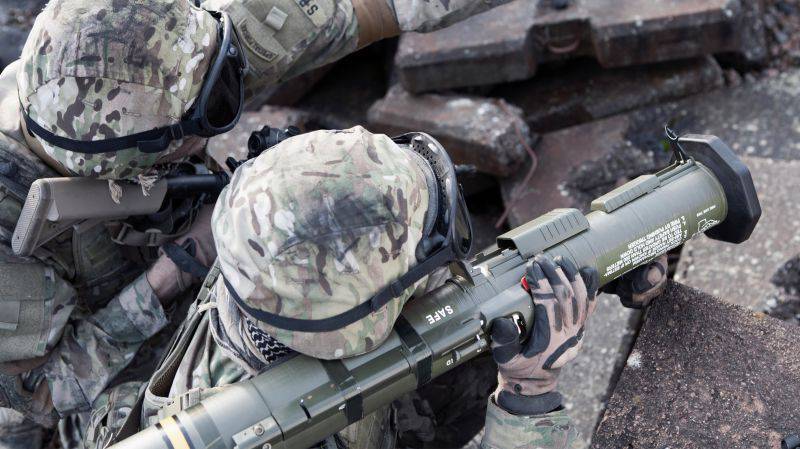
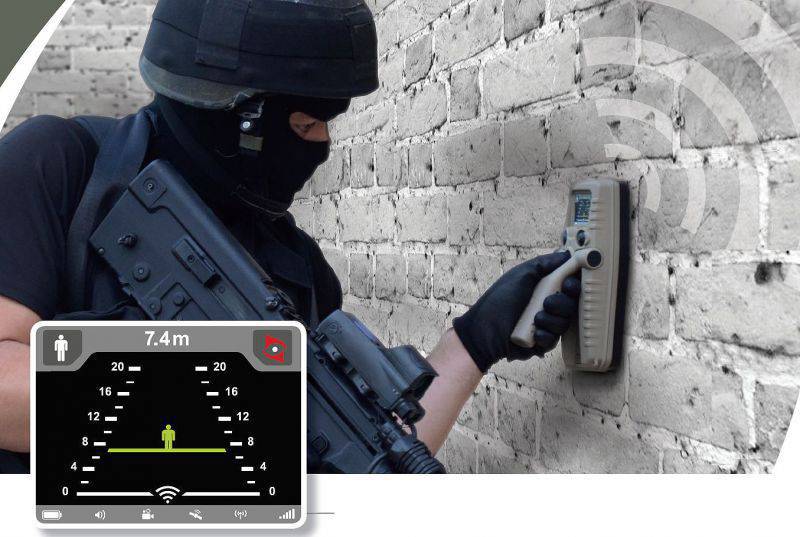
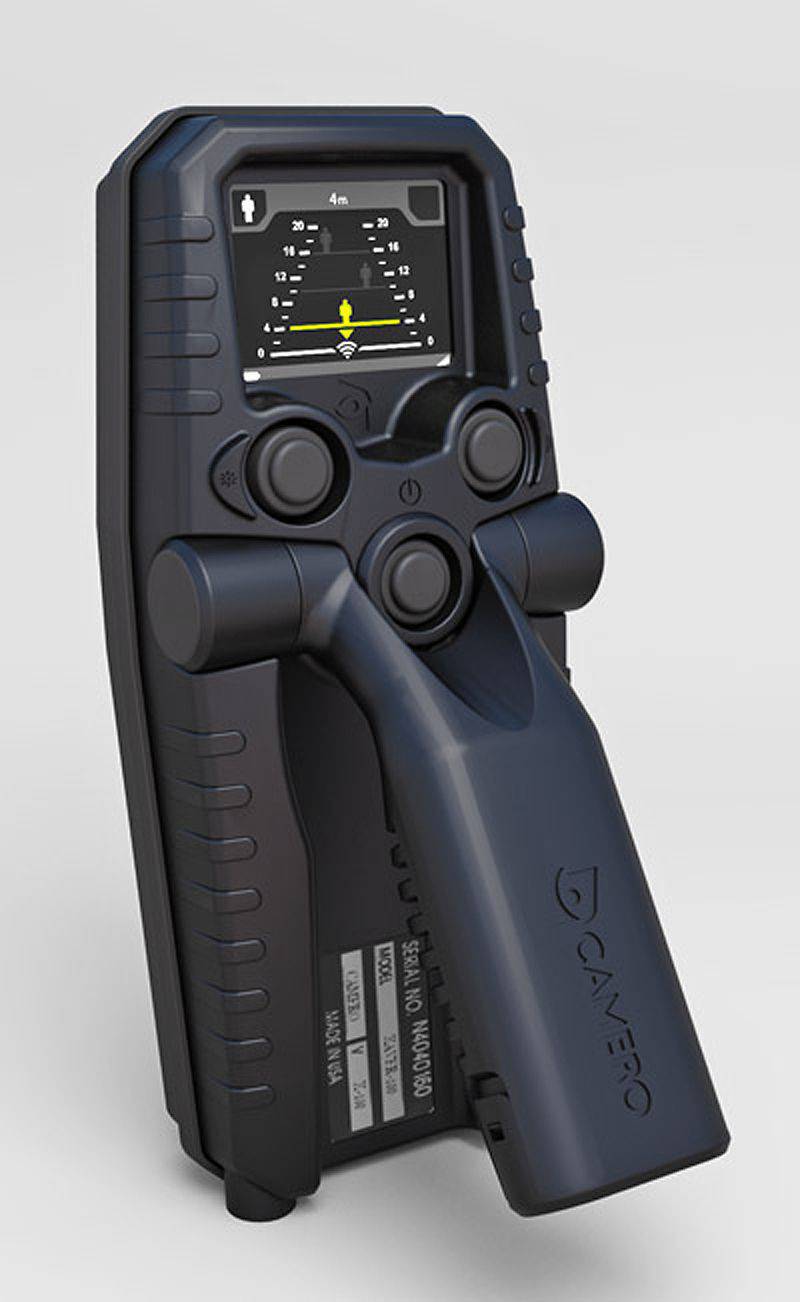
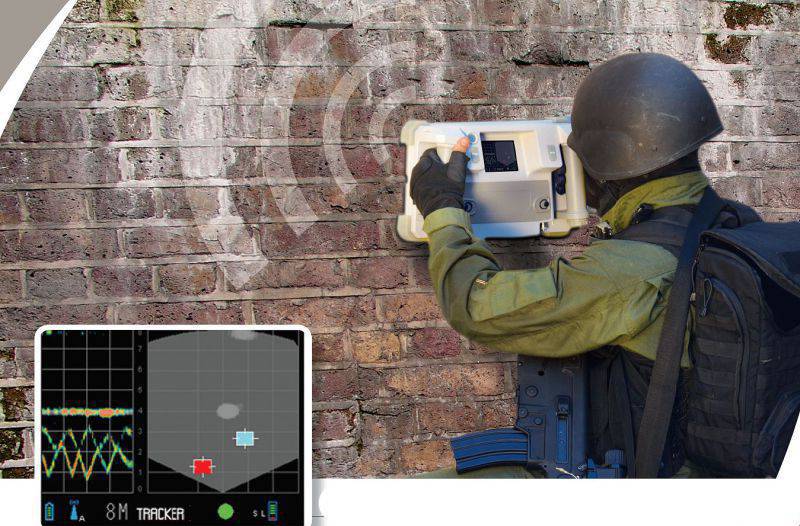
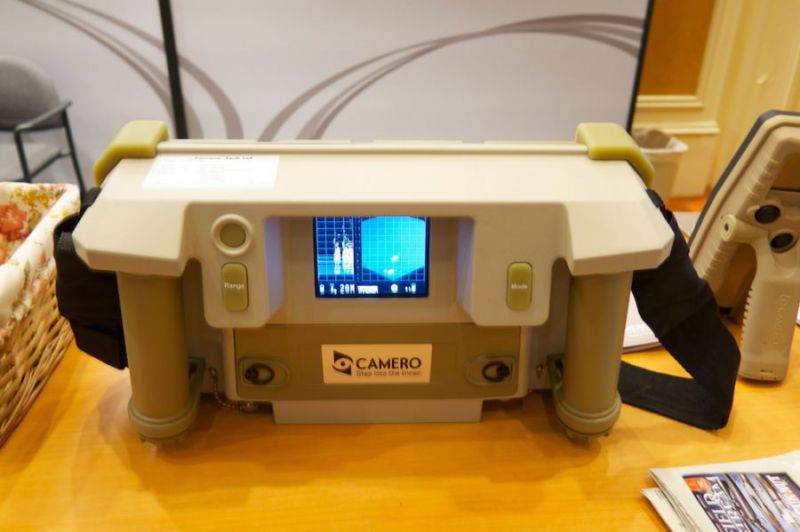
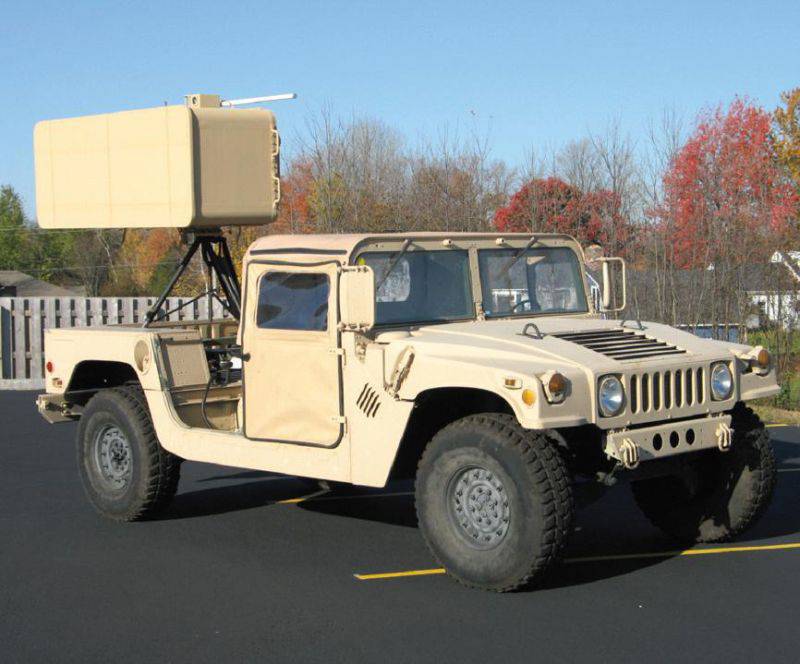
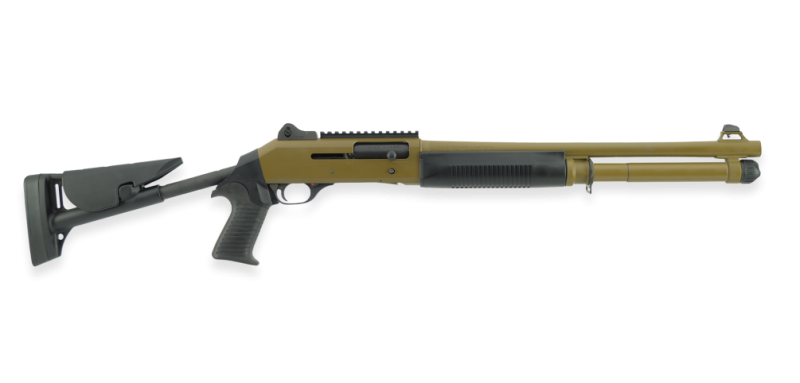
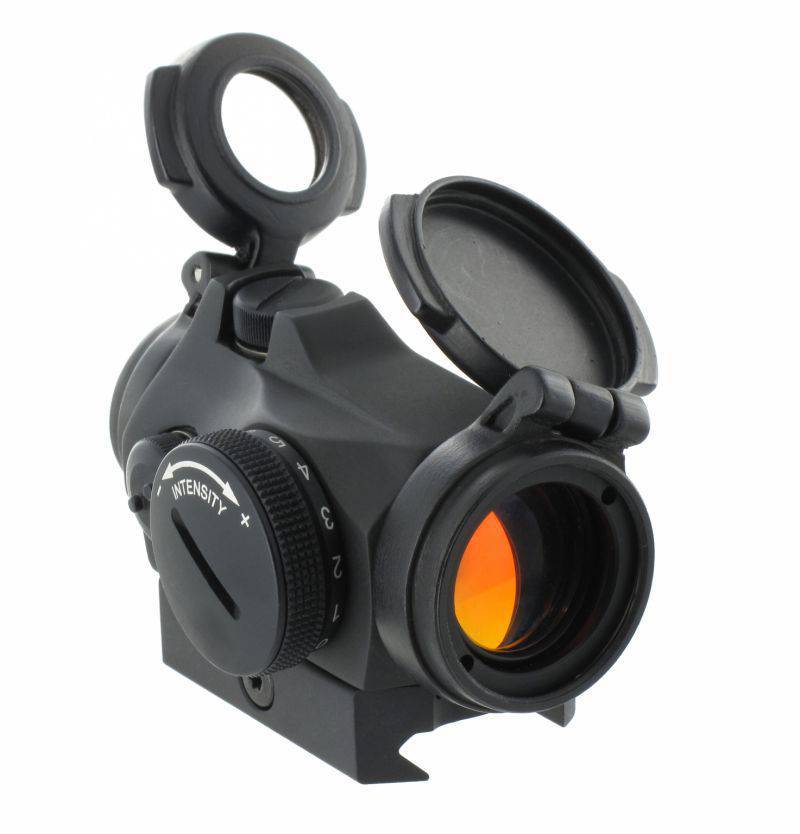
Information